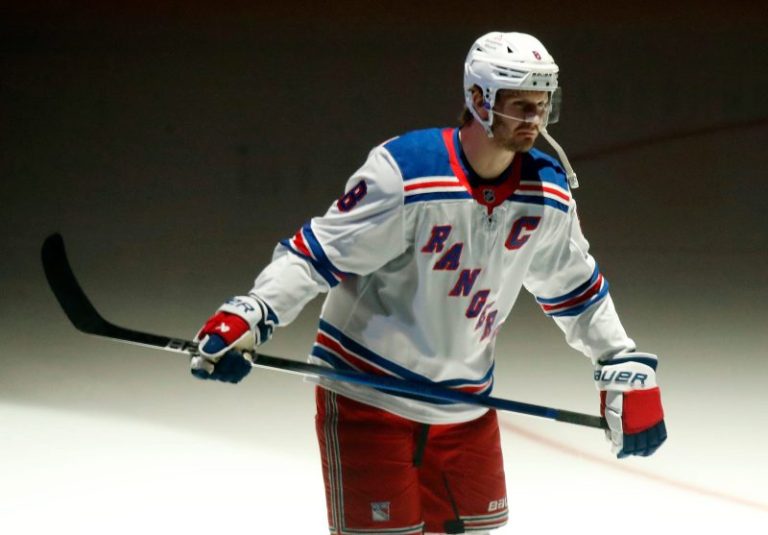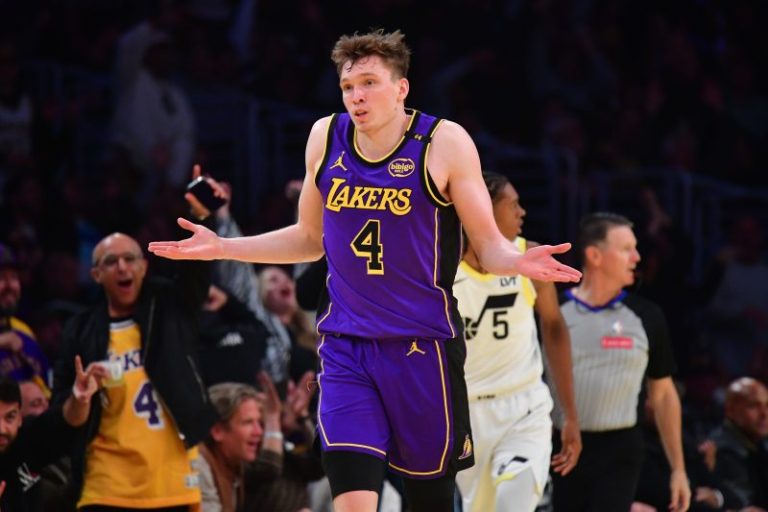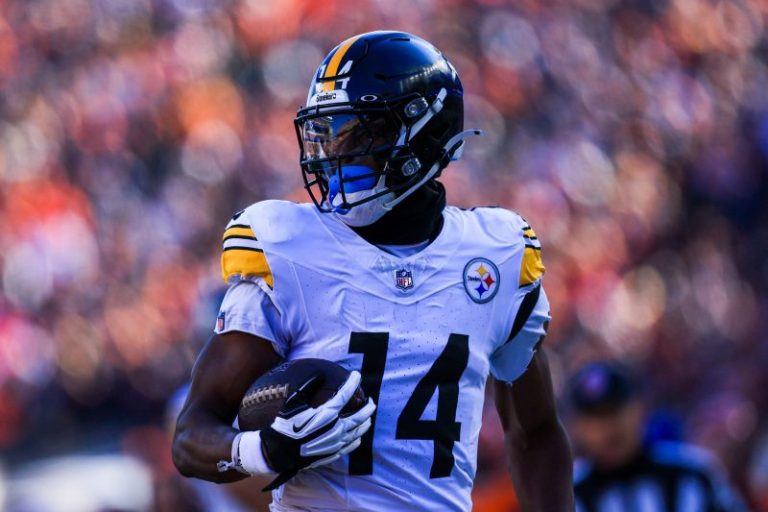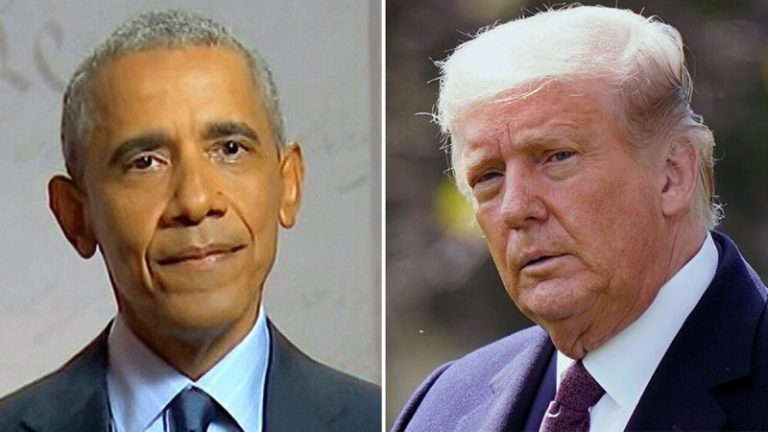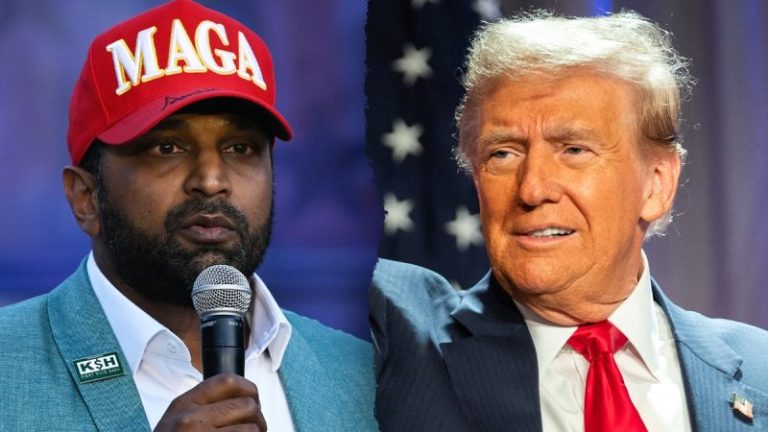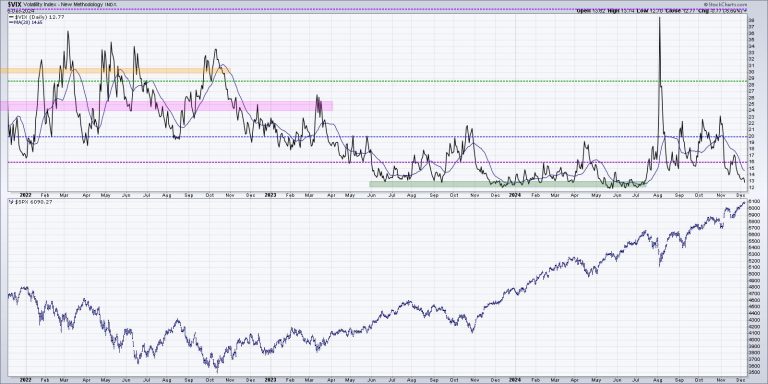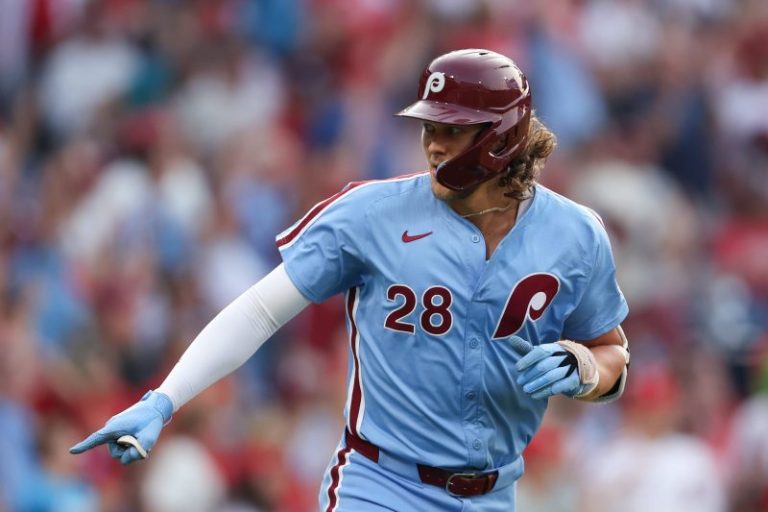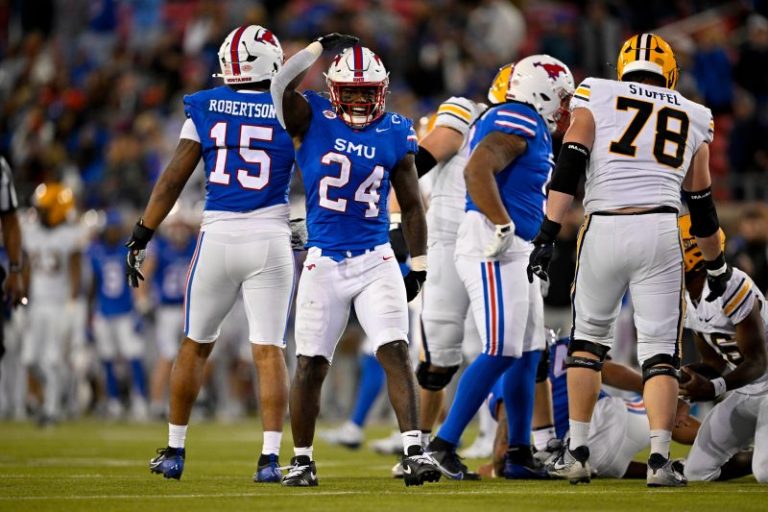The first trading week in December started on a positive note, with the S&P 500 ($SPX) and Nasdaq Composite ($COMPQ) notching new all-time highs, while the Dow Jones Industrial Average ($INDU) pulled back slightly. Despite the small upmoves for most days, it wasn’t a quiet week.
Surprisingly, a flood of news from around the world didn’t impact equity performance much. The broader equity indexes continued their bullish trends despite South Korea briefly going under martial law, the collapse of the French government, Fed Chairman Jerome Powell’s speech, and the higher-than-expected jobs number.
The stock market’s tone is bullish, and volatility is low. The Cboe Volatility Index ($VIX) is now below 13.
This StockCharts MarketCarpets snapshot below shows the S&P 500’s weekly performance. The heavily weighted mega-cap stocks fared well, but the best weekly performer was American Airlines (AAL), with a 19.83% gain.
FIGURE 1. STOCKCHARTS MARKETCARPETS TOOL FOR DECEMBER 6. Mega-cap stocks performed well this week. American Airlines was the top performer for the week.Image source: StockCharts.com. For educational purposes.
One area to watch is the small caps. The S&P 600 Small Cap Index ($SML) broke above its trading range in early November. It then pulled back and bounced off its support level (see chart below).
FIGURE 2. DAILY CHART OF S&P 600 SMALL CAP INDEX ($SML). After breaking out of a trading range in early November, $SML pulled back and bounced off a support level. It then consolidated and broke below the consolidation range. Is it heading back to its support level?Chart source: StockCharts.com. For educational purposes.
Since November 25, the index consolidated and broke below the consolidation pattern. $SML could be on its way back to the support level between 1440 and 1450. Generally, small caps start rising mid-December and continue into the next year. This is known as the “January Effect,” so it’s likely that $SML will bounce off that support and move higher. The market breadth indicators for $SML—percentage of stocks trading above the 50-day moving average and the advances vs. decliners are also declining. I’ll be carefully watching the price action in the next few weeks.
Solid Week For Crypto
This week was a big one for cryptocurrencies. Bitcoin to US Dollar ($BTCUSD) closed above 100,000, a record close. The weekly chart below shows that $BTCUSD had a strong upward move after breaking out of its consolidation pattern from March to October.
FIGURE 3. BITCOIN SURGES. The cryptocurrency successfully closed above its 100,000 level on Friday.Chart source: StockCharts.com. For educational purposes.
The moving average convergence/divergence (MACD) is very bullish. The rise in cryptocurrency prices shows investors’ risk appetite is pretty strong.
In Other News
The broader equity indexes may have been moving up in dribs and drabs, but some stocks saw significant gains, mainly due to earnings.
Shares of Docusign (DOCU) rose on much better-than-expected earnings. Docusign’s stock price closed up by 27.86% on Friday. Lululemon Athletica, Inc. (LULU) is another stock that saw a 15.90% rise in its stock price on stellar earnings. Other retail and software companies, such as Amazon.com, Inc. (AMZN), International Business Machines (IBM), American Express Co. (AXP), and Home Depot (HD), saw significant percentage gains in Friday’s trading.
Next week, we get earnings from Adobe Systems, Inc. (ADBE), Broadcom Inc. (AVGO), Oracle Corp. (ORCL), and Costco (COST). All these stocks saw healthy gains this week. Although a big chunk of earnings is behind us, there are some exciting ones on deck.
Bond Blues in Rear-View Mirror?
Treasury yields declined while bond prices rose a little. The weekly chart of the iShares 20+Year Treasury Bond ETF (TLT) below shows TLT approaching its first resistance line. This happened before, which caught me off guard—a lesson learned. But now that bonds are creeping back up, I may give it another go.
FIGURE 4. DAILY CHART OF TLT. Bond prices are rising slowly but it may be a while before there are significant moves, given the low bond volatility.Chart source: StockCharts.com. For educational purposes.
Bond volatility is low, as seen by the ICE MOVE Index in the lower panel. This suggests that bond price movement may be small, so this time, I might wait until the next resistance level, just above $102, before I go long.
Next week is light on economic data, but we will get the November CPI and PPI. There’s also the December 18 Fed meeting. I’d wait for these events before making investment decisions on TLT.
According to the CME FedWatch Tool, the probability of a 25 basis point rate cut at the Fed meeting is around 85%. It’s more important to hear what the Fed says about interest rate cuts for 2025. If it’s different from what the market has priced in, that will have more of an impact on the market.
End-of-Week Wrap-Up
S&P 500 up 0.96% for the week, at 6090.27, Dow Jones Industrial Average DOWN 0.60% for the week at 44,642.52; Nasdaq Composite up 3.34% for the week at 19,859.77$VIX down 5.48% for the week, closing at 12.77Best performing sector for the week: Consumer DiscretionaryWorst performing sector for the week: EnergyTop 5 Large Cap SCTR stocks: Applovin Corp. (APP); Palantir Technologies (PLTR); Reddit Inc. (RDDT); MicroStrategy Inc. (MSTR); Axon Enterprise, Inc. (AXON)
On the Radar Next Week
November Consumer Price Index (CPI)November Producer Price Index (PPI)30-Year Mortgage RateEarnings from Oracle (ORCL), Broadcom (AVGO), Adobe (ADBE), Costco (COST)
Disclaimer: This blog is for educational purposes only and should not be construed as financial advice. The ideas and strategies should never be used without first assessing your own personal and financial situation, or without consulting a financial professional.


